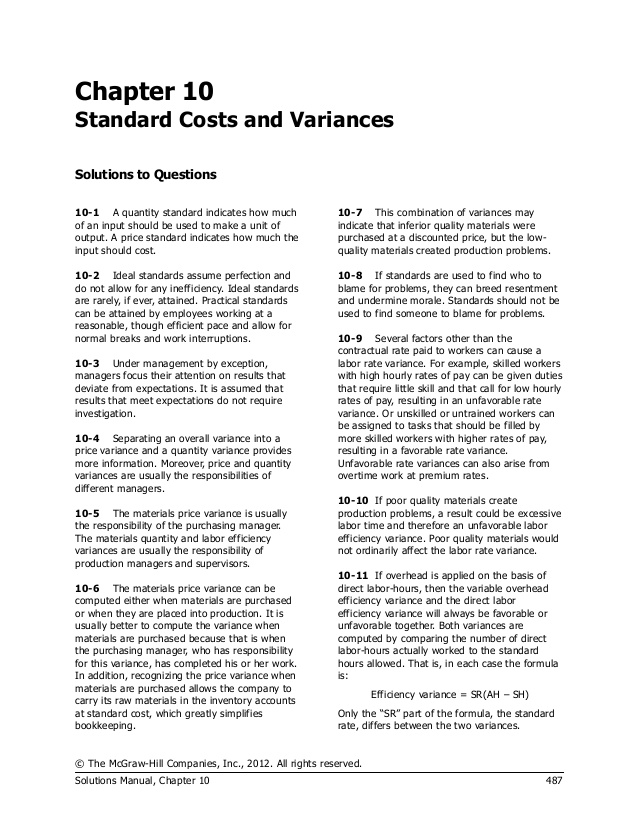
If you’re doing a reconciliation every month, your starting balance will be the final balance on the ledger from the previous month. Also, if you’ve made a check payment at the end of the month, it might not clear until the following reporting period. After you have compared the deposits and withdrawals, determine any missing transactions. Debtor creditor reconciliation is required when there is a mismatch between the balance of the creditor in the debtor’s books and how to write a grant proposal for a small business the debtor’s balance in the creditor’s books. Once you’ve completed the balance as per the bank, you’ll then need to work out the balance as per the cash book. These checks are the ones that have been issued by your business, but the recipient has not presented them to the bank for the collection of payment.
What Should You Do if You Cannot Reconcile Your Account?
The firm’s account may contain a debit entry for a deposit that was not received by the bank prior to the statement date. With that how to record the disposal of assets information, you can now adjust both the balance from your bank and the balance from your books so that each reflects how much money you actually have. They may not be fun, but when you do them on a regular basis you protect yourself from all kinds of pitfalls, like overdrawing money and becoming a victim of fraud. Michelle Payne has 15 years of experience as a Certified Public Accountant with a strong background in audit, tax, and consulting services.
Format of Bank Reconciliation Statements
The debit balance as per the cash book refers to the deposits held in the bank, and is the credit balance as per the passbook. In addition to this, the reconciliation process also helps keep track the occurrence of fraud, which can help you control your business’ cash receipts and payments. Hence, at the end of each month, the first thing to do is to consult the bank reconciliation statement prepared at the end of the previous month.
- Any credit cards, PayPal accounts, or other accounts with business transactions should be reconciled.
- If your beginning balance in your accounting software isn’t correct, the bank account won’t reconcile.
- They also explain any delay in the collection of cheques, and they identify valid transactions recorded by one party but not the other.
- If you suspect an error in your books, see some common bank reconciliation errors below.
Step 3 of 3
As a result, the balance shown in the bank passbook would be more than the balance shown in your company’s cash book. The purpose of preparing a bank reconciliation statement is to reconcile the difference between the balance as per the cash book and the balance as per the passbook. NSF checks are an item to be reconciled when preparing the bank reconciliation statement, because when you deposit a check, often it has already been cleared by the bank. But this is not the case as the bank does not clear an NFS check, and as a result, the cash on hand balance gets reduced.
Many companies produce bank reconciliation statements regularly to ensure they’ve recorded all their banking transactions properly and that their ending balance matches the amount the bank says it has. Doing bank reconciliations regularly helps companies control their financial transactions and easily track errors and omissions. A bank reconciliation statement should be completed monthly but can even be done weekly if your company processes a large number of transactions.

Not-sufficient funds (NSF) refers to a situation when your bank does not honour a check, because the current account, on which the check is drawn, has insufficient funds. Examples include deposited checks returned for non-sufficient funds (NSF) or notes collected on the depositor’s behalf. However, you typically only have a limited period, such as 30 days from the statement date, to catch and request correction of errors. We’re going to look at what bank statement reconciliation is, how it works, when you need to do it, and the best way to manage the task. There will be very few bank-only transactions to be aware of, and they’re often grouped together at the bottom of your bank statement.
This new venture offers government staff with little knowledge on bookkeeping and accounting to follow step-by-step instructions to prepare reconciliation statements. The new software is integrated ERP cloud software, a product of OpenGov itself, to ensure automation of reconciliation statement making. Make sure that you’ve also taken into account all deposits and withdrawals to an account when preparing the bank reconciliation statement. Once you complete the bank reconciliation statement at the end of the month, you need to print the what are assets bank reconciliation report and keep it in your monthly journal entries as a separate document.
The need and importance of a bank reconciliation statement are due to several factors. First, bank reconciliation statements provide a mechanism of internal control over cash. To successfully complete your bank reconciliation, you’ll need your bank statements for the current and previous months as well as your company ledger. An online template can help guide you, but a simple spreadsheet is just as effective. Financial statements show the health of a company or entity for a specific period or point in time.
This document will make auditors aware of the reconciled information at a later date. This way, the number of items that can cause the difference between the passbook and the cash book balance is reduced. And as a result, it gets easier to ascertain the correct balance in the balance sheet. If you want to prepare a bank reconciliation statement using either of these approaches, you can use the balance as per the cash book or balance as per the passbook as your starting point. Likewise, ‘credit balance as per cash book’ is the same as ‘debit balance as per passbook’ means the withdrawals made by a company from a bank account exceed deposits made.
After fee and interest adjustments are made, the book balance should equal the ending balance of the bank account. Reconciling bank statements with cash book balances helps your business know the underlying causes of these balance differences. Once the underlying cause of the difference between the cash book balance and the passbook balance is determined, you can then make the necessary corrections in your books to ensure accuracy. If your bank account, credit card statements, and your bookkeeping don’t match up, you could end up spending money you don’t really have—or holding on to the money you could be investing in your business. This can also help you catch any bank service fees or interest income making sure your company’s cash balance is accurate. Keeping accurate financial statements is the easiest way to simplify your bank reconciliation process.
